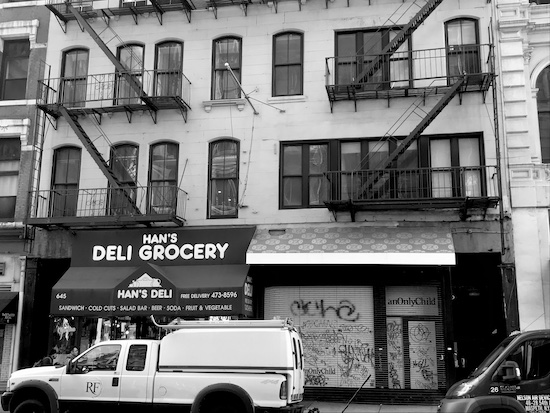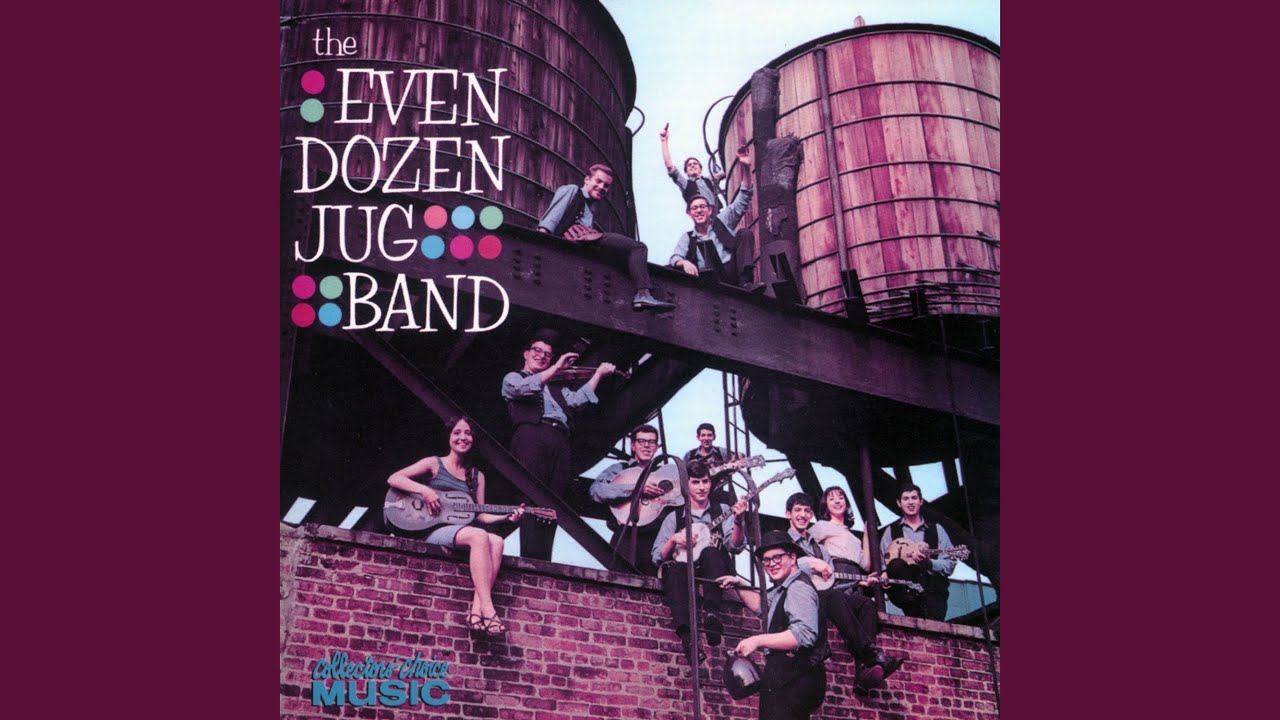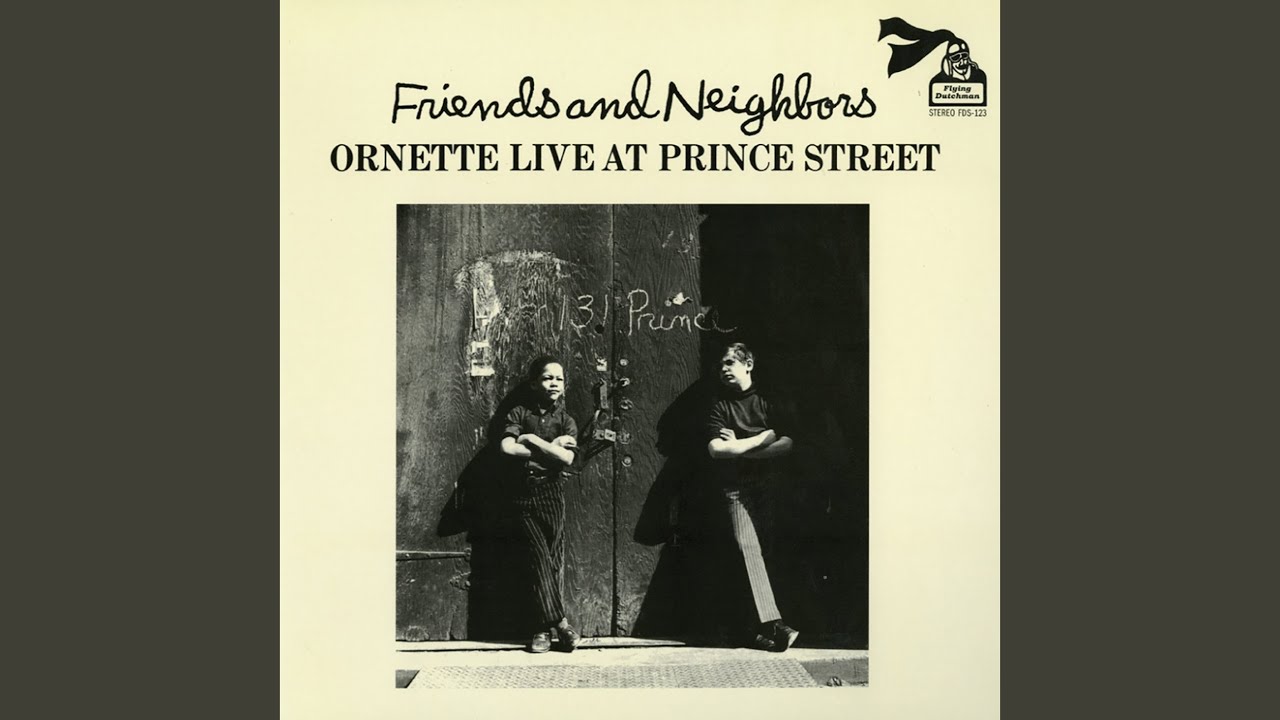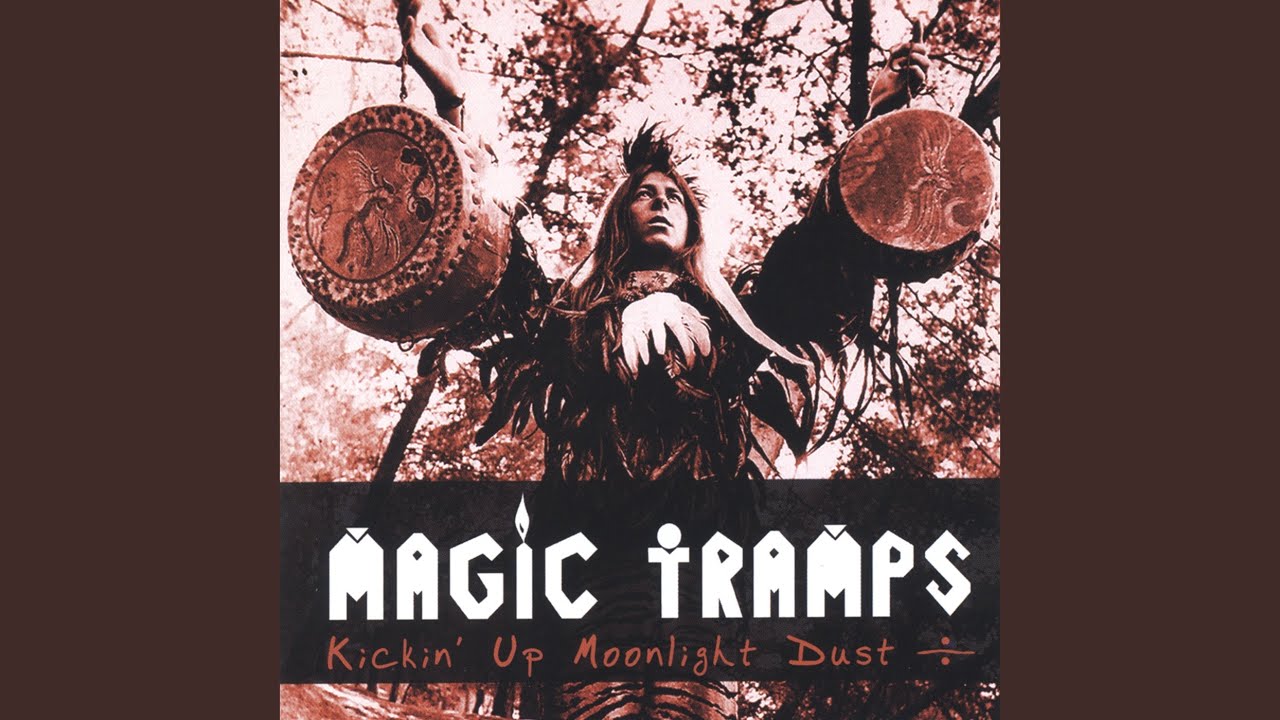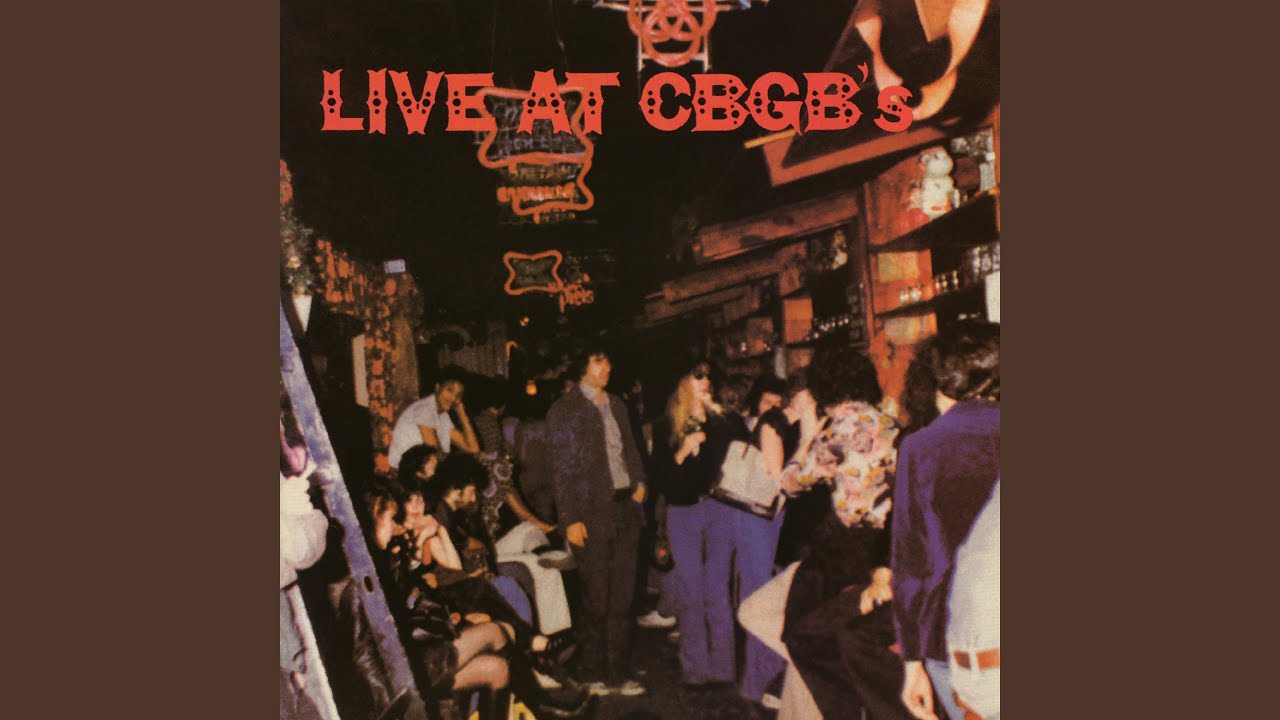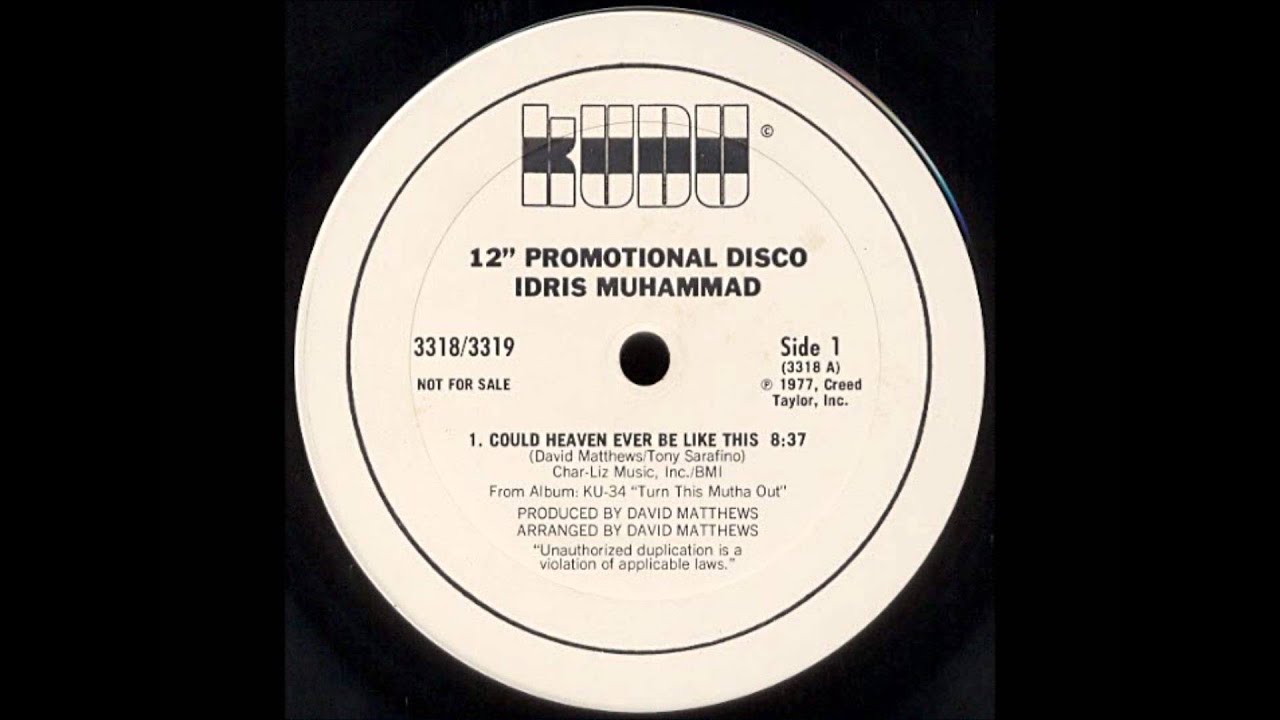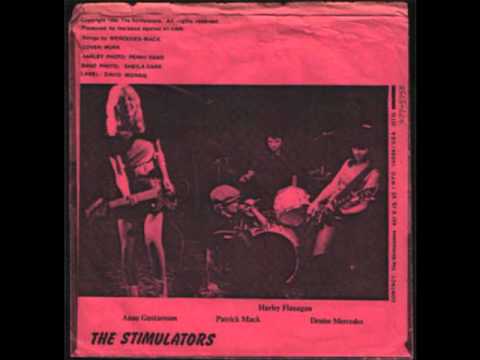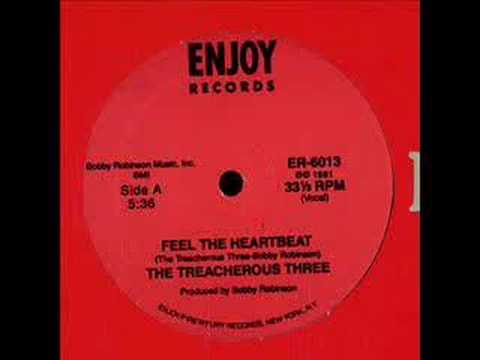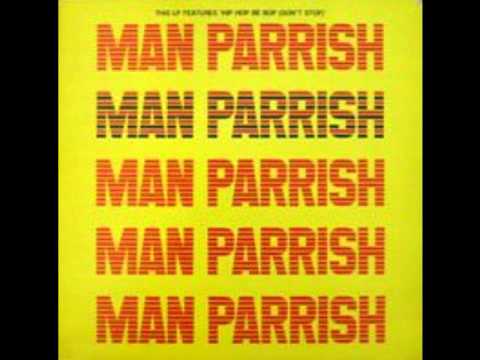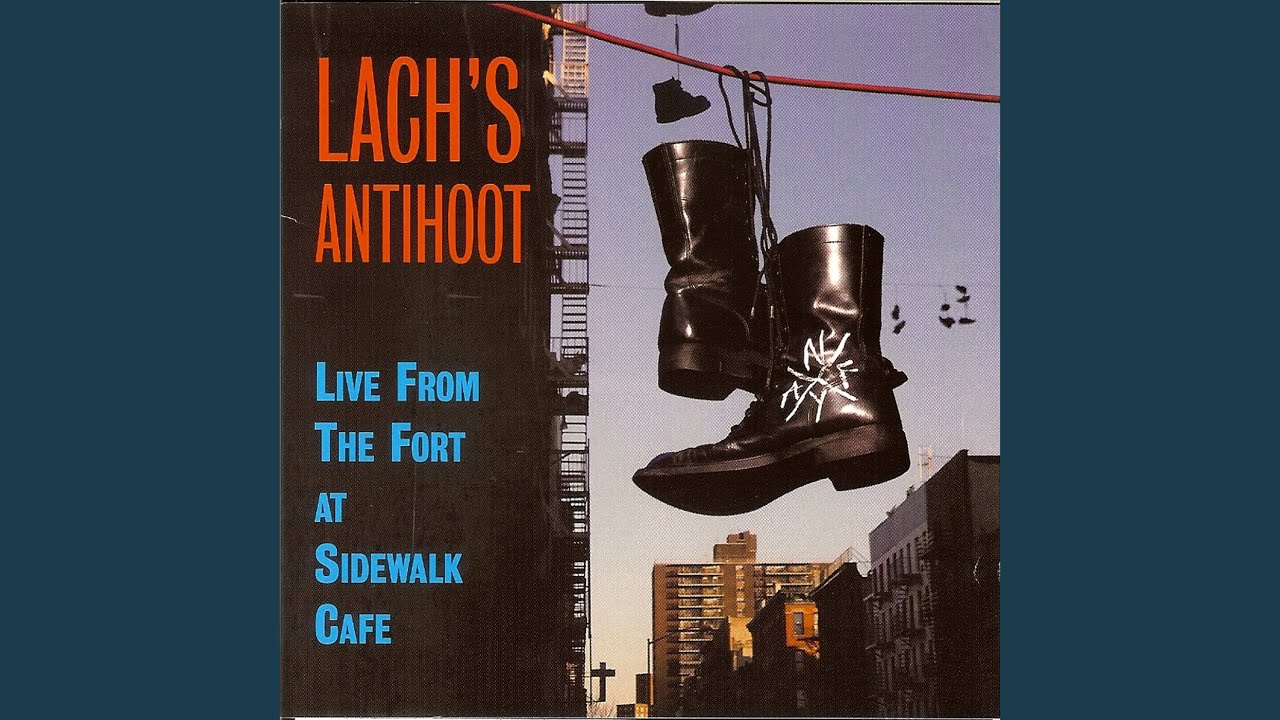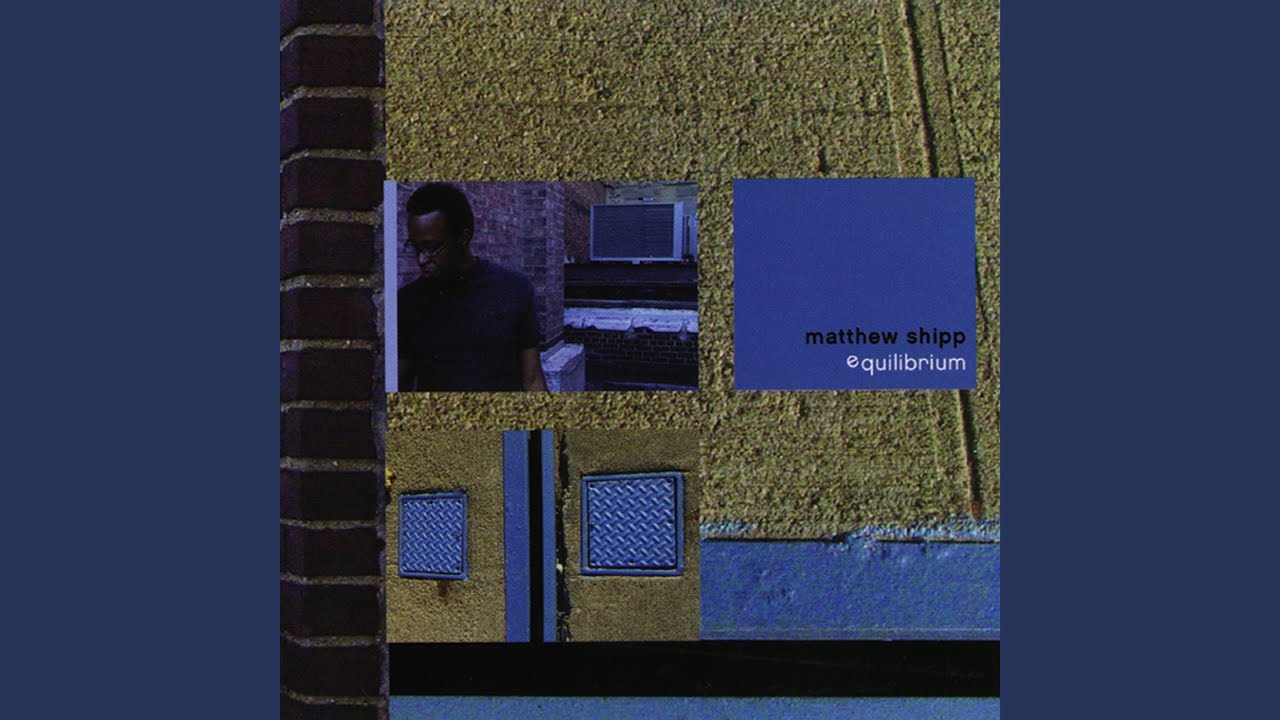In my book, This Must Be The Place, I examined sixty years of New York City music scenes, analysing the music, real estate, and economics, to try to understand why and how some of the city’s most fruitful scenes came to exist – and how they fell apart.
When I asked over 100 musicians, deejays, club workers, and club-goers about what makes a scene vibrant, the answers I heard didn’t just involve the marquee names who are typically given all the credit. Rather, each scene’s success – from the 70s glam rock at Max’s Kansas City to the 00s indie at the Silent Barn – required a rich ecosystem of artists working at all levels, as well as behind-the-scenes workers. Some became internationally known, while others never made it very far beyond the city limits; but remove any one of them and the whole ecosystem falls apart. One of the guiding principles for This Must Be the Place was to try to elevate some of these people, who were major players in their scenes but, in one way or another, never quite got their due.
I tried to apply that same principle to making this playlist. So, although my book makes plenty of space for artists like Bob Dylan, the Velvet Underground, Blondie, Beastie Boys, Madonna, and the Strokes, they were all out of the question here; even cult heroes like the Fugs, Suicide, Bad Brains, Moldy Peaches, and John Zorn felt too obvious. The one exception was Ornette Coleman, whose song ‘Friends and Neighbors’, a relatively obscure entry in his catalog, was just too good to exclude – and speaks deeply to the book’s community-oriented ethos.
The songs, presented in chronological order, each correspond to a different chapter of the book. Think of this as both an overview of the city’s music history and a proposed expansion of its musical canon.
The Even Dozen Jug Band, ‘Come On In’
In the late 50s and early 60s, Greenwich Village’s Washington Square Park was a hub for young folk aficionados who would congregate there for public Sunday afternoon jam sessions. The Even Dozen Jug Band formed out of those Sunday jams, and though their lone 1964 LP has been largely forgotten, their ranks included some soon-to-be heavy-hitters: Lovin’ Spoonful front man John Sebastian, Blues Project/Blood Sweat and Tears guitarist Steve Katz, ‘Midnight at the Oasis’ singer Maria Muldaur, Grateful Dead collaborator David Grisman, acclaimed ragtime pianist Joshua Rifkin (no relation), Elektra Records staff producer Peter Siegel, and Kicking Mule Records co-founder Stefan Grossman. Though most of the breakout folk stars were solo acts, the Even Dozen album really captures that scene’s communal, all-for-one spirit.
Ornette Coleman, ‘Friends and Neighbors (Vocal Version)’
By 1968, Ornette Coleman was already a renowned musician and composer who was widely acknowledged as one of the founding fathers of free jazz (the genre was named after Coleman’s 1961 LP Free Jazz). But he was rarely performing – not due to a lack of offers, but because he felt that established venues and promoters were short-changing him. After moving into a third-floor loft at 131 Prince Street in SoHo, Coleman annexed the building’s first floor and opened it up as a combination DIY venue, rehearsal space, and gallery.
‘Friends and Neighbors’, recorded live in Coleman’s venue on Valentine’s Day 1970, is a total banger and the perfect gateway to free jazz for people who think they don’t “get” free jazz: there’s a singalong chorus, the rhythm section “rocks,” and the runtime is, dare I say, radio-friendly.
The Magic Tramps, ‘Magic in the Moonlight’
In the late 60s, Eric Emerson was a Warhol superstar best known for his drugged-up appearance in Andy’s movie Chelsea Girls (his monologue is quoted extensively in the lyrics to Sonic Youth’s ‘Eric’s Trip’), and/or for unsuccessfully attempting to sue the Velvet Underground after his image wound up on the back cover of The Velvet Underground and Nico (a legal stunt that led to the LP being temporarily pulled from stores, sinking its commercial prospects).
In the early 70s, he began fronting a proto-glam band called Messiah – soon renamed the Magic Tramps – with whom he had a brief but wildly impactful career: they helped turn Max’s Kansas City from a restaurant with occasional shows into a full-fledged music venue, helped instigate the city’s glam rock renaissance at the Mercer Arts Center, and built CBGB’s stage in exchange for the privilege of being the first live act to play in the space. Sadly, their recorded oeuvre consists of little more than some lo-fi demos and live cuts. Emerson passed away under mysterious circumstances in 1975, just as the scene was catching up to him.
The Shirts, ‘Operetico (Live at CBGB)’
The Shirts were part of the first wave of bands affiliated with the punk mecca CBGB, but they never quite fit in: they were based in Brooklyn rather than the East Village or Lower East Side, and their songs were a bit too theatrical and proggy to scan as pure back-to-basics punk (although they were still too punky to scan as anything else). Singer Annie Golden is now much better known for her acting – she had regular roles on Orange is the New Black, Miami Vice, and Cheers, and has starred in several Broadway musicals.
This live recording is one of the few gems on the 1976 Live at CBGB’s compilation, a mostly underwhelming collection of duds from the club’s second- and third-tier regulars (Blondie, Talking Heads, Ramones, Television, Suicide, and Patti Smith are all noticeably absent).
Idris Muhammad, ‘Could Heaven Ever Be Like This’
Muhammad is best known as a jazz drummer, but this song is pure, cosmic disco (younger listeners will also recognize it as the sample in Jamie xx’s ‘Loud Places’). It was a regular selection at David Mancuso’s seminal invite-only Loft parties, and Mancuso’s protégé Larry Levan would also regularly deploy it during his shifts at the Paradise Garage. With its phased keyboards, harp glissandos, complex tom-tom rhythms, and blaring horns, it’s tailor-made for the kind of high-end sound systems that Mancuso and Levan favoured. It still gets played through Mancuso’s prized sound system at the Loft to this day, which carries on as a quarterly party in a rented space despite Mancuso’s passing in 2016.
The Stimulators, ‘Loud Fast Rules!’
By the time she formed the Stimulators in the late 70s, guitarist Denise Mercedes already had an impeccable countercultural pedigree: she lived in the same building as Allen Ginsburg and Richard Hell, jammed with Link Wray and Iggy Pop, and accompanied Bob Dylan on his 1975 Rolling Thunder Revue tour. Her guitar was a gift from Dylan, and her amp was a hand-me-down from Spiders from Mars guitarist Mick Ronson. After having her mind blown by an early Damned gig at CBGB, Mercedes formed the Stimulators with bassist Anne Gustafsson and singer Patrick Mack. The band went through a few drummers before settling on Mercedes’ nephew, eleven-year-old Harley Flanagan.
Having a preteen drummer might have easily come across as a mere gimmick, but Flanagan was a seriously gifted drummer. Though they only recorded a handful of songs before Mack died – one of the innumerable casualties of New York’s AIDS crisis – the Stimulators set the stage for the city’s hardcore punk scene. Bands like the Beastie Boys, Murphy’s Law, Agnostic Front, Kraut, and Flanagan’s band Cro-Mags all owe them a serious debt.
Treacherous Three, ‘Feel the Heartbeat’
Treacherous Three were among the first rappers to make the journey from Harlem to Downtown, to play for post-punk audiences at clubs like Negril, the Mudd Club, and Danceteria. They even performed alongside Liquid Liquid and Heart Attack at an infamous 1982 punk-rap crossover gig at the Hotel Diplomat that was booked by an NYU student named Rick Rubin (T3 rapper Kool Moe Dee recalled that show being a mostly underwhelming experience).
The backing track on this 1981 single is a replayed sample from Taana Gardner’s ‘Heartbeat’, a disco staple that was famously mixed by Larry Levan (listeners of a certain age will also recognize it as the sample from Ini Komoze’s ‘Here Comes the Hotstepper’). ‘Heartbeat’ had only been out for a few months when ‘Feel the Heartbeat’ dropped, which speaks to both the speed at which music was developing in NYC at the time, and the exceptional degree of genre cross-pollination that the city was able to foster.
Man Parrish, ‘Hip Hop Be Bop (Don’t Stop)’
As Nick Frost famously explained in Shaun of the Dead, this Man Parrish track is “not hip-hop, it’s electro, prick.” Parrish was a white, gay man who hung around Andy Warhol, collaborated with Klaus Nomi and Joey Arias, and soundtracked hardcore porn movies – but after years of playing at arty Downtown venues like the Mudd Club, Parrish found himself truly embraced by the mostly straight, Latinx teenagers who frequented the Funhouse, an over-the-top, Carnival-themed disco in Chelsea where deejay John ‘Jellybean’ Benitez held court. When they liked a record Jellybean was playing, the Funhouse dancers would express their satisfaction by barking. Parrish mischievously conceived ‘Hip Hop Be Bop (Don’t Stop)’ as a track that would bark back at the audience, and the result was and remains supremely bark-worthy.
Lach, ‘Drinking Beers with Mom (Everything’s Alright) (Live at Sidewalk Café)’
The mononymous Lach was one of the co-founders of the antifolk scene in the early 80s, which was initially centred around a series of all-night open mics he hosted in his Rivington Street apartment, better known as the Fort. Though the scene went through several permutations over the decades that followed, Lach remained a presence in some capacity, and was instrumental in nurturing the careers of artists like Beck, King Missile, Moldy Peaches, Jeffrey Lewis, and Regina Spektor.
‘Drinking Beers with Mom’ was recorded live at Sidewalk Café, antifolk’s longest-running homebase, during one of Lach’s open-mics in the mid-90s. Antifolk can sometimes come across as an impenetrable web of inside jokes and scene-specific references, but ‘Drinking Beers with Mom’ functions as something of a Rosetta Stone for the genre – it was Lach’s attempt to write in the style of 80s antifolker Tom Clark, and it was later lovingly parodied by the Moldy Peaches for their classic ‘Downloading Porn with Davo’.
Matthew Shipp, ‘Cohesion’
Pianist Matthew Shipp was one of the leading lights of Downtown’s avant-garde jazz scene in the 90s and 00s, which centred around venues like the Knitting Factory, the Cooler, and Tonic. But when Shipp first came to the city in the early 80s, he was also a club-hopping dance music fiend who frequented hip clubs like Pyramid Club and Danceteria. If you know to look for it, you can occasionally spot the influence of classic freestyle and early hip-hop buried deep in his music, with ‘Cohesion’ being a sterling example.
William Parker, who plays bass on the track, has been a towering figure in NYC free jazz since the 70s. I was lucky enough to interview both Matt and William for my book, and was pleased to learn that, in addition to being world-class musicians, they’re also expert raconteurs.
A Place to Bury Strangers, ‘I Lived My Life to Stand in the Shadow of Your Heart (Live at Death by Audio)’
It’s sort of unfair to say that APTBS never got their due, as they’re still putting out critically acclaimed albums and packing clubs all over the world, but I do think their role as scene catalysts has been under-acknowledged. Singer/guitarist Oliver Ackermann’s effects pedal company, Death by Audio, shared a space and a name with a beloved Williamsburg DIY venue of the ‘10s. Ackermann was not directly involved in operating the club (shoutout to Edan Wilber and Matt Conboy, the kind-hearted dudes who actually ran the joint), but his band was practically synonymous with it: they lived, rehearsed, and recorded at Death by Audio and played there frequently. It made sense, then, that APTBS would play the venue’s final show on November 22, 2014, at which this song was recorded.
I generally try to check my own nostalgia at the door, but I will say that Death by Audio was probably my favourite venue of all time. It was seriously janky and always reeked of beer, cigarettes, and piss, but it gave nascent bands a comfortable environment where they could grow into themselves.
Even before Death By Audio opened in 2007, plenty of cultural observers were declaring New York City’s music and culture dead. But despite the best efforts of greedy real estate tycoons, New York City’s musical underground will never completely die. One of the most important things we can do to allow for future Death by Audios — or CBGBs, or Mudd Clubs, or Sidewalk Cafes — is to put as much energy into nursing current scenes as we do celebrating past ones.
This Must Be the Place: Music, Community and Vanished Spaces in New York City by Jesse Rifkin is published by Hanover Square Press

